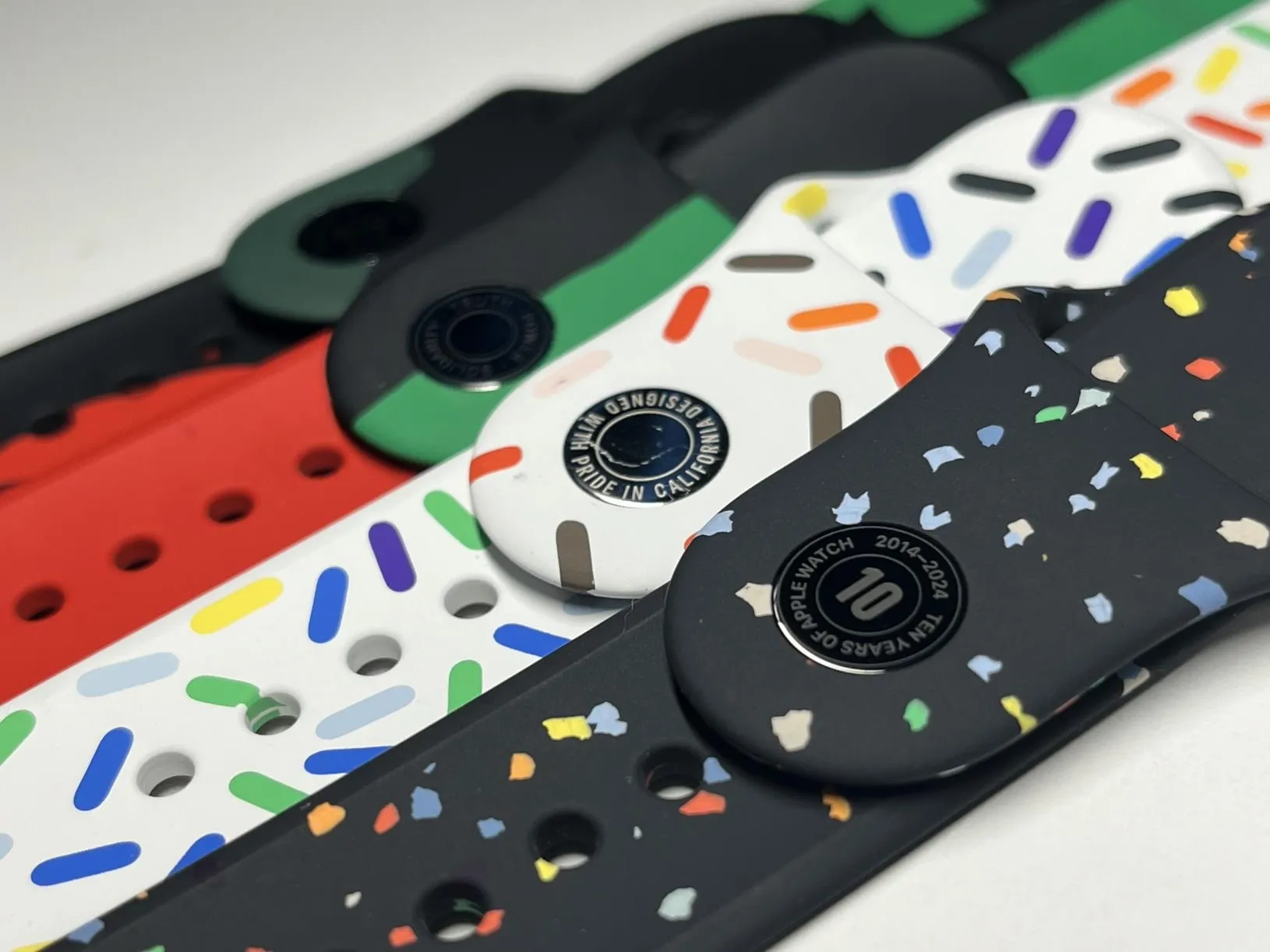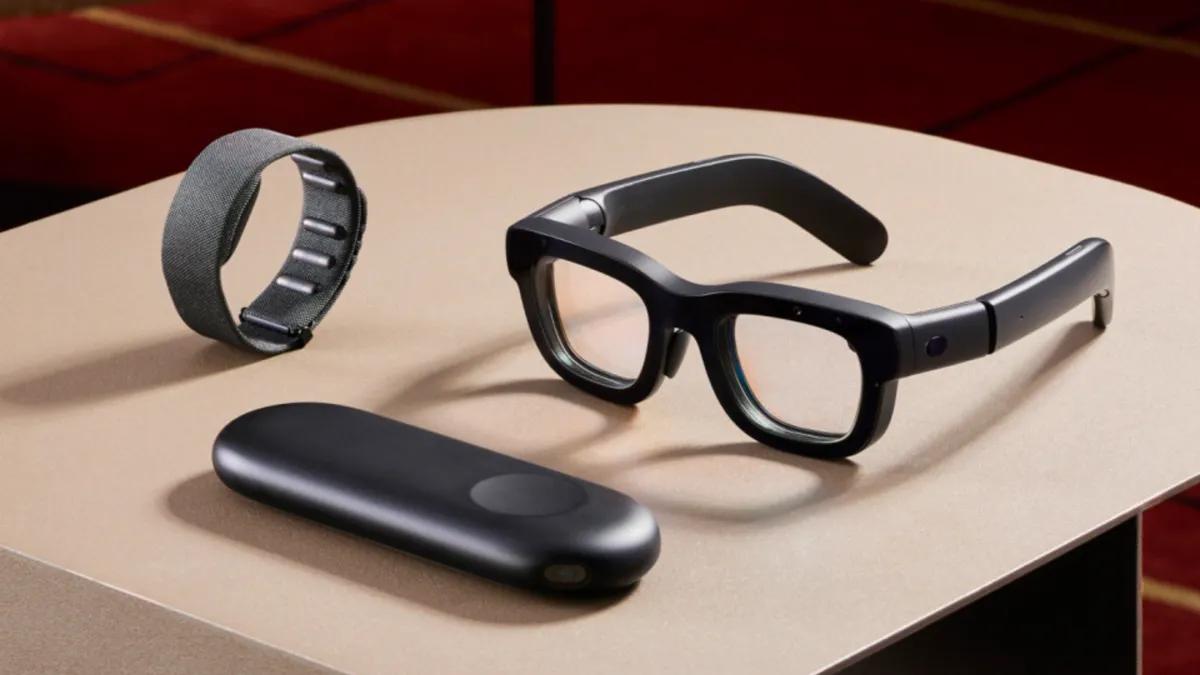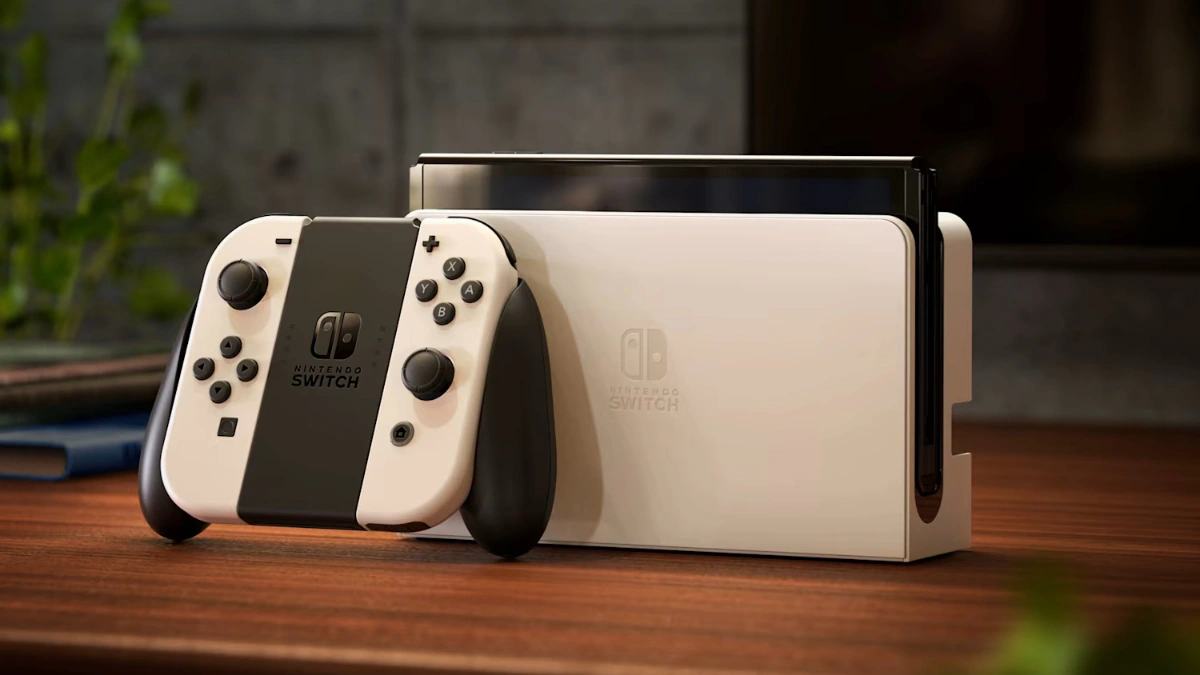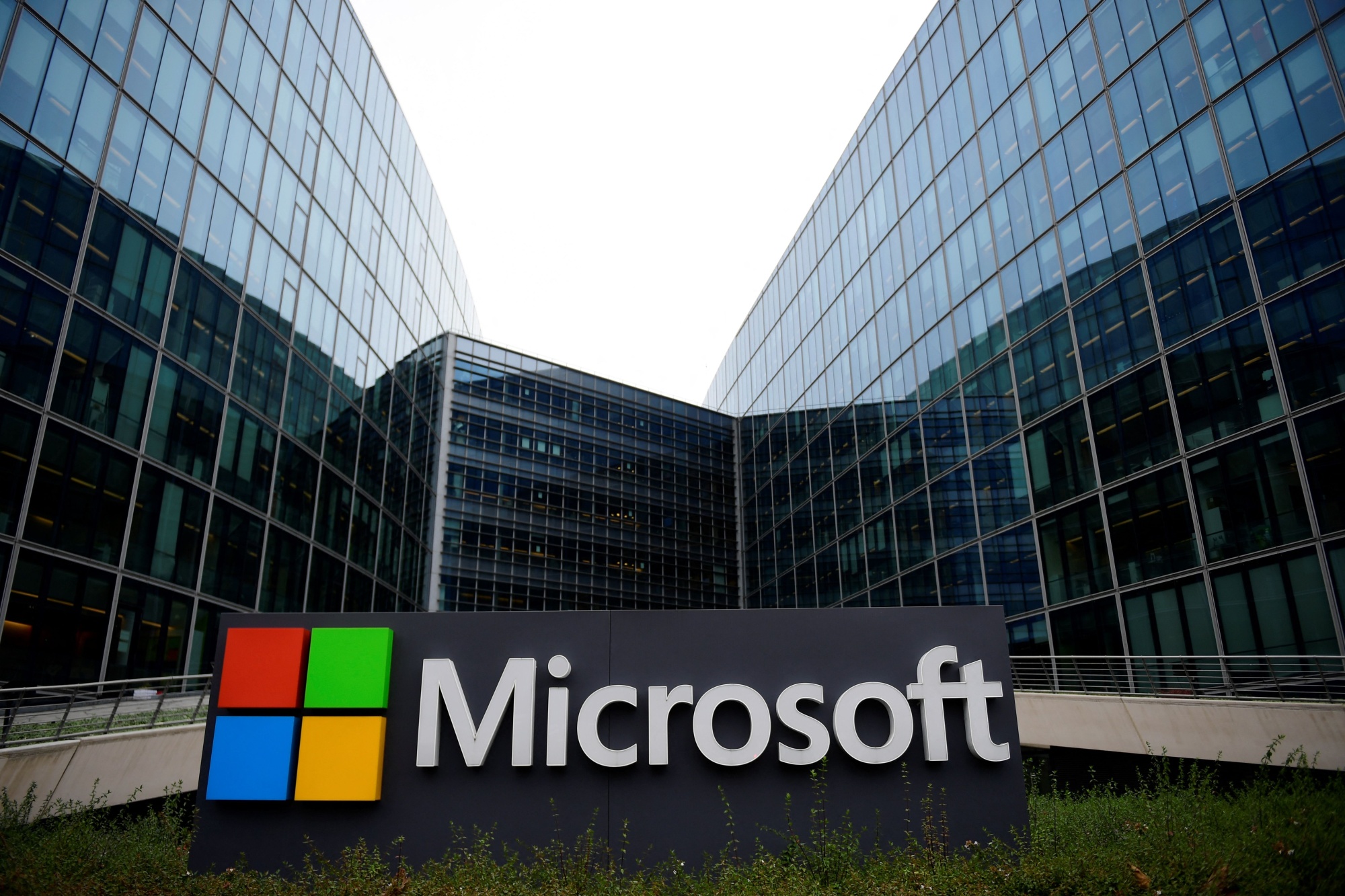Google has officially rolled out Android 7.0 Nougat to select Nexus devices on August 22. The latest release of Android will be available via OTA within the next few days since Google will roll out the new platform in phases. However, you can install Android 7.0 Nougat without waiting for the official release if you have a compatible device. As of this writing, Nexus 5X, Nexus 6P, Nexus 6, Nexus 9, Nexus Player, Pixel C tablet, and Android One are compatible with Android 7.0 Nougat. In this article, we will examine the steps required to install Android Nougat using various methods.
How to get Android Nougat via the Android Beta program?
The simplest way to install Android 7.0 Nougat on your Nexus device is to opt for the Android Beta program. If you have Nexus 6P, Nexus 5X, Nexus 6, Nexus 9, Nexus Player, Pixel C devices, you can register for the beta program. If your device is already enrolled in the Beta program, you will automatically receive the stable version of Android 7.0. Otherwise, you have to follow the steps below:
- Sign into the Google account associated with your Nexus phone
- Scroll down to your eligible devices
- Locate the device for which you want to enroll in the Beta program and select Enrol device
- You have to go through the instructions on the screen to accept the OTA download
- Your device will be updated to Android 7.0 Nougat after installation
- You need not have to perform factory reset once you have updated to the stable version of Android Nougat.
How to get Nougat by flashing a factory image?
If you are unable to install Android 7.0 Nougat via the Android Beta program, you can obtain the latest build by flashing a factory image. Follow the steps given below to install the latest Android Nougat manually.
Step 1 – Downloading adb and fastboot
The first step is to download adb and fastboot tools from the Android Studio portal. Navigate to the portal, scroll down to the bottom of the page, locate command line tools for your relevant PC platform and extract the relevant file. For instance, if you are downloading for Windows, you need to download EXE or ZIP versions.
Step 2 – Enable USB Debugging
The next step is to activate USB debugging on your device by following the steps given below.
- Tap the Settings icon
- Locate About Phone/Tablet
- Tap on the build number seven times continuously. A dialog box will be displayed with the message that you are now a developer.
- Open Settings and you will find a new option named “Developer options.”
- Select the Developer options and verify the settings
- Check mark Enable OEM unlock option
- Connect your Nexus smartphone to your computer
- A dialog box with the message “Allow USB debugging” will be displayed.
- Press OK
Step 3 – Unlocking your bootloader
Before proceeding to unlock your bootloader, you should back up all your data from your Nexus device. This is because bootloader unlocking will perform a factory reset and all your data will be erased. Follow the steps given below to unlock the bootloader.
- Switch off your Nexus phone or tablet
- Hold down the power and volume button at the same time
- Open Windows command prompt on your computer and locate the folder with Platform tools
- Provide the command – ./fastboot flashing unlock on the DOS prompt
- You should press volume up and power buttons on your Nexus device to confirm bootloader unlock
- Provide the command – ./fastboot reboot on your computer
The above steps will unlock your bootloader. You are now ready to flash Android 7.0 Nougat factory image
Step 4 – Flashing Android 7.0 Nougat factory image
The factory images of Android 7 are not available for all devices. Follow the steps given below.
- Navigate to the Nexus Factory Images page
- Locate the Android 7 factory image for your phone
- Download and extract the file in your Platform Tools folder
- Enable the bootloader mode (see Step 3) and plug the device to your computer
- Provide ./adb devices on the command prompt to make sure that your Nexus device is located by your PC
- Now we are all set to flash your device to Android 7.0 by providing flash-all.bat command on Windows. If you are using Mac, you need to provide flash-all.sh
Although Google says it will take up to 24 hours for your device to get the latest Android 7 updates, it will only take few seconds as per the latest revelation by a popular tech portal. Moreover, you need to download and install the updates over Wi-Fi since the whole process takes a couple of minutes.
If you have access to any one of the above Nexus devices, you should check out the new Android 7.0 Nougat because Google has integrated several new features.








